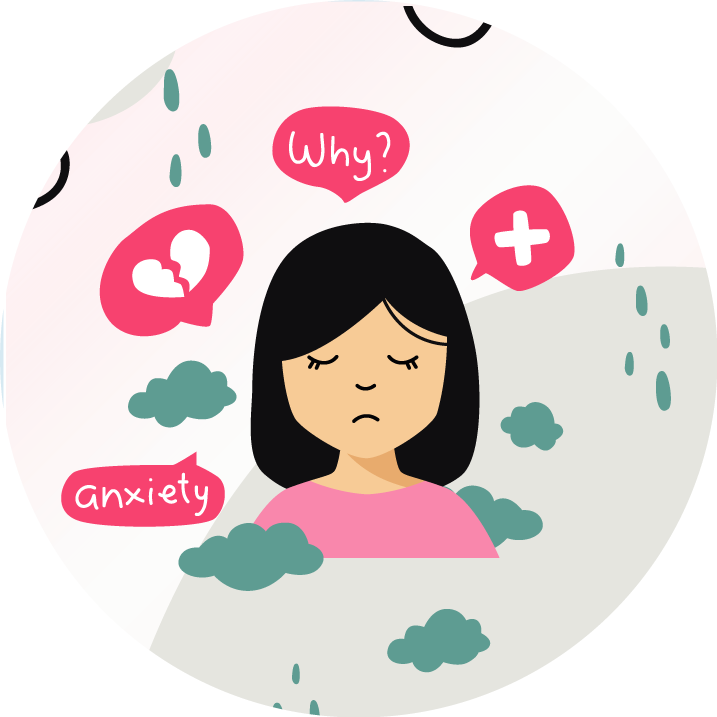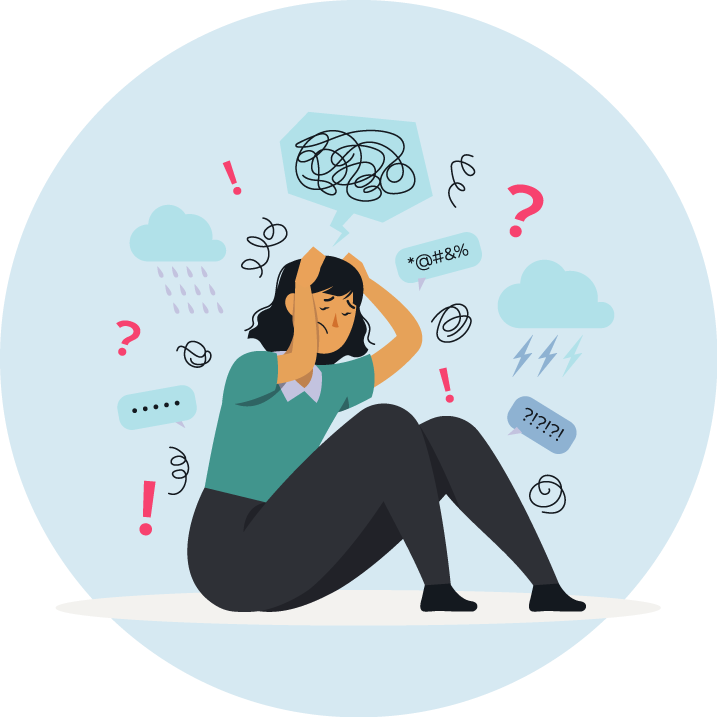To Be Seen or To Be Safe: The Emotional Paradox

To Be Seen or To Be Safe: The Emotional Paradox
September 25 2025 TalktoAngel 0 comments 17 Views
Human beings are wired for connection. From infancy to adulthood, we crave the experience of being seen, understood, and valued by others. Yet, paradoxically, many people spend their lives hiding parts of themselves—their vulnerabilities, emotions, identities—not out of shame, but out of a deeply rooted desire to feel safe. This internal tension is what we call the emotional paradox: the simultaneous longing to be fully seen and the fear that true visibility may invite judgment, rejection, or harm.
Understanding this paradox requires a deeper look into psychological development, attachment theory, emotional regulation, and how our brains are wired to navigate connection and threat. In this article, we’ll explore the roots of this emotional conflict, how it manifests in daily life, and how therapy can help us embrace both authenticity and safety.
The Psychological Roots of the Paradox
At the core of the “seen vs. safe” paradox lies the human attachment system. According to attachment theory, first developed by John Bowlby, the way we bond with our primary caregivers shapes our sense of self-worth and expectations of others. When caregivers respond with warmth and attunement, we develop a secure attachment, learning that it’s safe to be seen and accepted.
However, if a caregiver is inconsistent, critical, or emotionally unavailable, the child learns that emotional visibility is risky. They may adapt by suppressing their needs (avoidant attachment) or by constantly seeking reassurance (anxious attachment). These adaptive strategies may protect the child in the short term, but in adulthood, they can lead to emotional suppression, fear of vulnerability, or chronic people-pleasing behaviours.
This paradox is further reinforced by social conditioning. Messages like “Don’t cry,” “Toughen up,” or “Don’t be too sensitive” teach us to equate emotional expression with weakness. As a result, we often silence our authentic selves to fit in or avoid conflict, sacrificing connection for perceived safety.
The Neurobiology of Safety and Threat
Neuroscience adds another layer to this paradox. The amygdala, the brain's threat detector, is hyper-responsive to perceived danger, including emotional risk. If sharing a vulnerable truth was met with shame or punishment in the past, the brain remembers and sounds the alarm when similar situations arise.
Meanwhile, the ventral vagal system, part of the polyvagal theory developed by Stephen Porges, supports social engagement and calm states when we feel safe and connected. However, if our nervous system detects a threat—whether physical or emotional—it activates a fight, flight, or freeze response, pushing us to shut down, withdraw, or mask our feelings. So, while part of us wants to be honest and connect deeply, another part goes into protective mode. This internal conflict is not weakness—it's evolutionary survival.
How the Paradox Manifests in Everyday Life
This emotional tug-of-war shows up in various ways:
In relationships, you may crave emotional intimacy but struggle to share your true feelings. You might avoid conflict to keep the peace or pretend to be okay when you’re not.
- At the workplace: You might fear being perceived as incompetent or emotional, so you overcompensate with perfectionism or hide your mental health struggles.
- In therapy: Even in safe spaces, many clients hesitate to reveal their deepest pain, fearing they’ll be judged or not understood.
- On social media: There's often a curated version of the self, highlighting achievements while concealing struggle, creating a disconnect between who we are and how we are seen.
This paradox often leads to emotional exhaustion, disconnection, and self-alienation. Over time, the cost of choosing safety over authenticity becomes too high, leading to depression, anxiety, or an identity crisis.
The Path to Integration: Being Seen and Safe
Healing begins when we realise that authenticity and safety aren’t mutually exclusive. With the right support, it's possible to retrain the nervous system, challenge outdated beliefs, and build relationships where visibility doesn’t come at the cost of safety.
- Therapy as a Safe Space: Therapy offers a unique space where people can experiment with being seen without fear of rejection. A skilled therapist creates a secure attachment relationship, allowing clients to process past wounds, regulate emotional responses, and build authentic self-improvement.
- Practicing Emotional Literacy: Learning to name and validate your emotions—a skill known as emotional literacy—helps you better understand what you need and how to express it safely. Techniques from dialectical behaviour therapy (DBT) and emotion-focused therapy (EFT) are particularly effective.
- Building Self-Compassion: According to Dr. Kristin Neff, self-compassion helps reduce the inner critic and fear of vulnerability. By offering yourself the kindness you'd give a friend, you create an internal environment where it's safe to be seen—even by yourself.
- Regulating the Nervous System: Mind-body techniques such as mindfulness, deep breathing, progressive muscle relaxation, and polyvagal-informed exercises can calm the body’s fear response, making emotional openness feel less threatening.
Conclusion
The emotional paradox of wanting to be seen while needing to feel safe is not a flaw—it's a deeply human experience rooted in our psychology, biology, and lived experiences. However, staying hidden to stay safe comes at a cost. True emotional well-being comes from integrating both needs—learning that it's possible to be authentically visible in spaces that honor your safety.
If you find yourself stuck in this paradox, therapy can offer the bridge. Through online counselling at TalktoAngel, you can access compassionate, culturally sensitive mental health professionals from the comfort of your home. For those who prefer in-person interaction, offline counselling at the PsychoWellness Centre offers a grounding therapeutic space to unpack emotional blocks and explore authentic living. Whether you begin online or offline, taking that step toward being seen and supported could be the key to a more connected and emotionally fulfilling life.
Contributed by: Dr (Prof.) R K Suri, Clinical Psychologist & Life Coach, & Ms. Sangeeta Pal, Counselling Psychologist
References
- Bowlby, J. (1988). A secure base: Parent-child attachment and healthy human development. Basic Books.
- Neff, K. D. (2011). Self-compassion: The proven power of being kind to yourself. William Morrow.
- Porges, S. W. (2011). The polyvagal theory: Neurophysiological foundations of emotions, attachment, communication, and self-regulation. W. W. Norton & Company.
Leave a Comment:
Related Post
Categories
Related Quote

“Anxiety is a thin stream of fear trickling through the mind. If encouraged, it cuts a channel into which all other thoughts are drained.” - Arthur Somers Roche

"It is okay to have depression, it is okay to have anxiety and it is okay to have an adjustment disorder. We need to improve the conversation. We all have mental health in the same way we all have physical health." - Prince Harry

“Stress is an ignorant state. It believes that everything is an emergency. Nothing is that important.” - Natalie Goldberg

“Stress is an ignorant state. It believes everything is an emergency.” - Natalie Goldberg

“To keep the body in good health is a duty…otherwise we shall not be able to keep the mind strong and clear.” - Buddha
Best Therapists In India


































SHARE